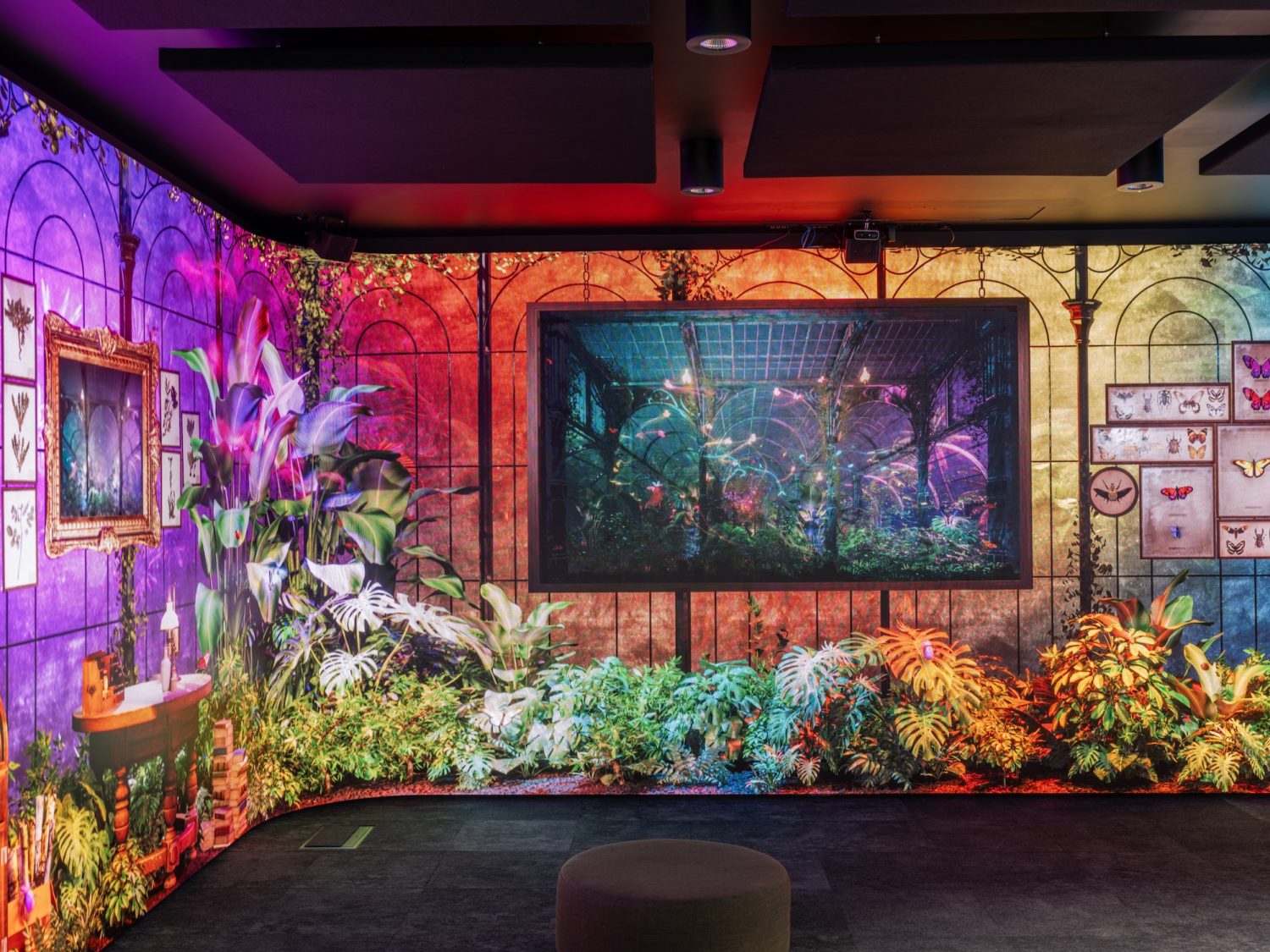In the competitive world of real estate and interior design, the ability to visualize and experience an apartment before it is built or renovated is invaluable. Immersive apartment model displays have emerged as a revolutionary tool in this regard, allowing potential buyers, renters, and designers to step into a fully realized version of their future space. This article explores the technology behind immersive apartment displays, their benefits, and their impact on the real estate and design industries.

The Evolution of Model Displays
Traditional model displays, including physical miniature models and 2D floor plans, have long been used to give clients a sense of what a space will look like. However, these methods have limitations. Physical models are often static and lack detail, while 2D plans require a level of spatial imagination that not all clients possess. The advent of 3D modeling and virtual reality (VR) has transformed these displays, providing a far more engaging and realistic experience.
Technological Foundations
- 3D Modeling Software
- Advanced 3D modeling software like AutoCAD, Revit, and SketchUp allows designers to create detailed and accurate digital representations of apartments. These models can include intricate details like textures, lighting, and furniture.
- Virtual Reality (VR)
- VR technology takes 3D models a step further by immersing users in a virtual environment. Using VR headsets, users can walk through an apartment, interact with objects, and get a true sense of the space.
- Augmented Reality (AR)
- AR overlays digital information onto the real world. Through AR apps on smartphones or tablets, users can see how an apartment would look within an actual space, blending the virtual and physical worlds.
- Interactive Touchscreens and Projections
- Interactive displays and projection mapping can also create immersive experiences. Touchscreens allow users to explore different layouts and design options, while projections can transform a physical space into a dynamic, interactive model.
Benefits of Immersive Model Displays
- Enhanced Visualization
- Immersive displays provide a realistic and detailed view of an apartment, helping clients understand the spatial layout, design elements, and overall feel of the space.
- Improved Decision-Making
- By experiencing a virtual model, clients can make more informed decisions about purchasing or renting an apartment. They can visualize different design options and configurations, reducing uncertainty and buyer’s remorse.
- Cost and Time Efficiency
- Immersive models can be modified quickly and easily, allowing for rapid iterations and adjustments based on client feedback. This flexibility saves time and reduces the costs associated with physical model changes.
- Marketing and Sales Advantages
- Real estate agents and developers can use immersive displays as powerful marketing tools. These displays create a memorable and engaging experience for potential buyers, setting properties apart in a competitive market.
- Collaboration and Communication
- Designers, architects, and clients can collaborate more effectively using immersive models. These tools facilitate clear communication and ensure that all stakeholders have a shared understanding of the project vision.
Case Studies and Applications
- Residential Real Estate
- Many real estate firms have adopted VR and AR to showcase new developments. For example, virtual tours of luxury apartments allow international buyers to explore properties from afar, increasing the reach and appeal of high-end listings.
- Interior Design
- Interior designers use immersive models to present their concepts to clients. These models help clients visualize different design choices, such as furniture placement, color schemes, and lighting, leading to more successful and satisfying design outcomes.
- Architectural Firms
- Architectural firms leverage 3D modeling and VR to present their designs to clients and stakeholders. These tools provide a comprehensive understanding of the architectural vision, aiding in approvals and project buy-in.
- Property Development
- Developers use immersive displays to attract investors and pre-sell units before construction begins. This approach generates interest and funding for projects, ensuring financial viability and successful project launches.
Challenges and Future Directions
- Technical Limitations
- Despite advancements, there are still technical challenges to overcome. High-quality VR experiences require significant computing power and sophisticated hardware, which can be expensive and inaccessible to some users.
- User Experience
- Ensuring a smooth and intuitive user experience is crucial. Designers must create interfaces that are easy to navigate and understand, even for users who are not tech-savvy.
- Scalability
- As immersive technologies evolve, making them scalable and affordable for widespread use is essential. Lowering the cost of VR and AR equipment and improving software accessibility will drive broader adoption.
- Integration with Emerging Technologies
- The integration of immersive displays with other emerging technologies, such as artificial intelligence (AI) and the Internet of Things (IoT), holds great potential. AI can enhance design customization, while IoT can provide real-time data to create dynamic and interactive model displays.
Conclusion
Immersive apartment model displays are transforming the way real estate and design industries operate. By bringing designs to life, these technologies offer unparalleled visualization, improved decision-making, and significant marketing advantages. As technology continues to advance, the potential for immersive displays to revolutionize the industry will only grow, making them an indispensable tool for architects, designers, developers, and real estate professionals. The future of apartment design and sales is immersive, interactive, and incredibly exciting.



